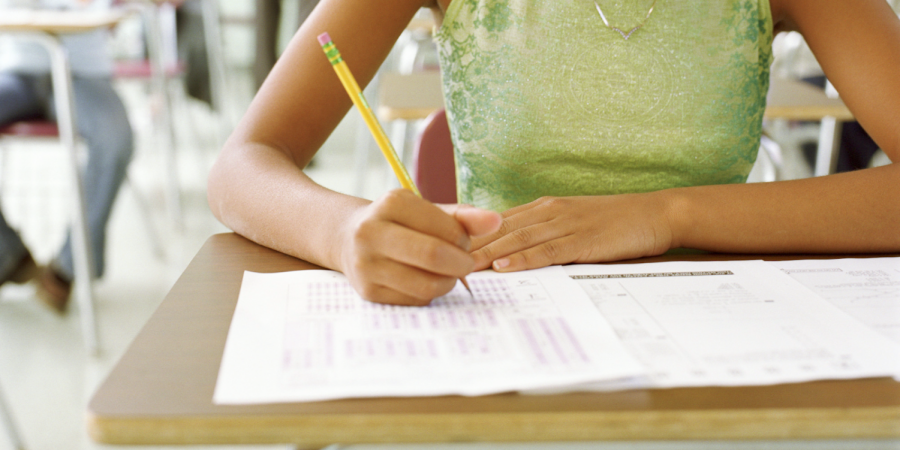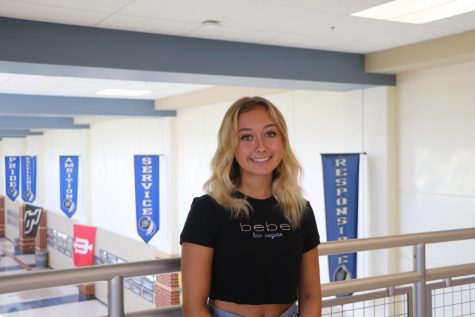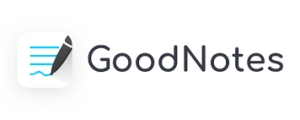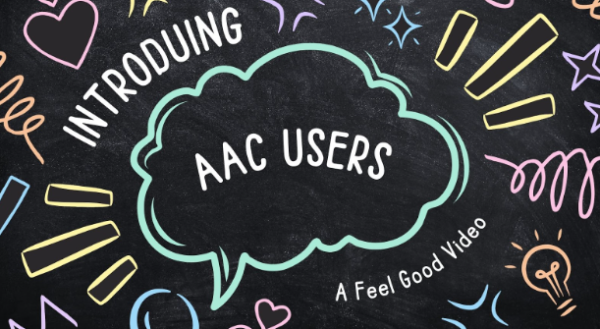Q&A with Mrs. Homans on open-book tests
Due to COVID-19, Mrs. Homans and other teachers are allowing students to use their notes during tests. This was one of the steps being taken by teachers to attempt to make taking tests fair for both in class students and e-learners. Photo by: University of South Carolina
September 18, 2020
Q: What are your thoughts on open-book tests this year?
A: “I think they are inevitable. One of the major issues of e-learning versus the in class students is making it equal. Some teachers are doing different things like having e-learners come take tests in person in an isolated room. Each class is different and it’s not a one-size fits all situation.”
Q: What are some disadvantages of having an open-book test?
A: “For students I think a lot of times they think that is going to solve all of their problems and they don’t study or they don’t know how to use the information that is in their books or in their notes. They are way too passive in trying to take notes and relying too much on the fact that it is open-note. The other problem is that there is so much information that students don’t know where to look or they get caught up and they get lost looking for the answers and a lot of these tests are timed, so they run out of time.”
Q: What are some advantages of having an open-book test?
A: “We can make different types of tests that are more in-depth and I think we can ask more of the students and have higher expectations and use more application-based questions.”
Q: Do you think students are actually learning the information they are being tested on? Why?
A: “My very first test my e-learners did not do as well as my in class students and I think many assumed it was going to be easier because they are at home and there are more opportunities to look stuff up. I don’t think they concentrated enough in class and took it seriously enough to be prepared for a test. Instead of doing tests we are coming up with different ways to test students like presentations, which limit the amount of cheating and put students on the spot so they have to know the information no matter what.”
Q: What are some rules you have put in place during open-book tests to limit cheating?
A: “They can’t switch tabs. On their login Canvas I can see when someone switches tabs and if they do they lose points. They have to have their camera on so I know for sure that no one else is helping them. Everything is kind of trial and error this year. Going forward, I am going to do more application based activities like presentations and speaking proficiencies where it is more on the spot.”
Q: Do you think there is an advantage for e-learning students over in person students when it comes to tests?
A: “I think they think there is an advantage but there’s not. I would argue that students at home are losing some instruction time and the intensity of being in school and the pressure that it puts on doing well on tests. I think being in a different environment changes how well you do on a test.”











